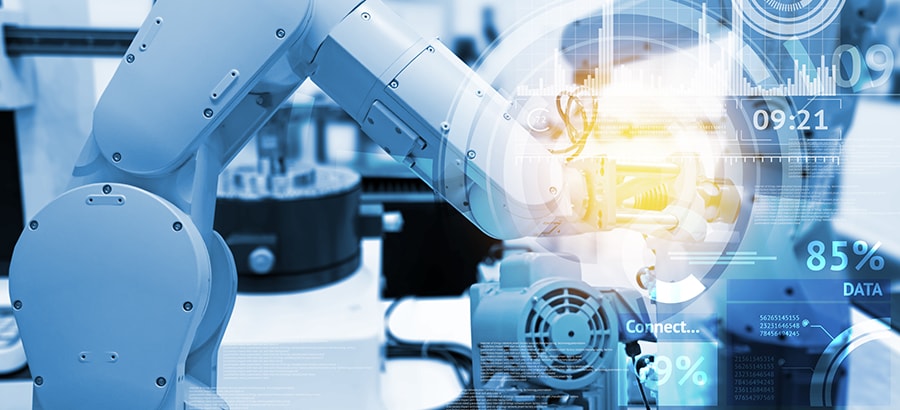A question on many lips these days is: how can Digital Transformation (DX) solve my manufacturing challenges?
Manufacturers are under competitive pressure to deliver better goods at lower costs. They want to reduce costs and streamline processes in their supply chains and factories. At the same time, customers are asking for more unique features in the products they buy. Customization versus standard products are often difficult trade-offs with implications in design processes, production costs, and schedules.
This is where DX can strike at the very heart of manufacturing difficulties.
But for a lot of small to medium-sized manufacturers struggling to navigate economic and market shifts, DX seems risky and the value unproven. The technology can seem out of reach or even unnecessary.
What is Digitization, Digitalization, and Digital Transformation?
Digitization, Digitalization, and Digital Transformation are a confusing mix of buzzwords that suggest something new but describe what manufacturers have been doing for years: using technology to plan, procure, produce and distribute products.
- Digitization is nothing more than converting analog information into ‘zeroes and ones’ that can be stored, processed, and shared by computers
- Digitalization is defined as “the use of digital technologies to change a business model and provide new revenue and value-producing opportunities”.
- Digital Transformation (DX) involves the strategic application of digitalization to not only improve a business’ entire system of production, procurement, sales, operations, human resources, and financial management, but to completely transform the way a manufacturer makes money and delivers value to customers.
To begin to understand strategic DX, manufacturers need to look no further than current and available technologies:
AI and ML Improve Supply Chain Efficiencies
For instance, Artificial Intelligence (AI) and machine learning can now improve supply chain efficiencies by offering predictions on supplier reliability and cost variability. AI models are also used to improve process quality through real time anomaly detection.
Bots Enhance the CX
Another example is the use of bots. To more easily (and more cheaply) accommodate customer demands into quoting, design and customer service processes, companies are making use of bots. Customer service bots are AI enabled with skills such as product configuration, order taking and query handling which can allow companies to easily scale up without adding overheads.
IoT Advances Connectivity
Or a manufacturer can use an Internet of Things (IoT) platform to create opportunity by installing network-connected sensors in their products, so that operational performance data (and anomalies) can be stored in the cloud. This data can unlock tremendous value to both the manufacturer in terms of anomaly detection, preventative maintenance, quality and their customers who can understand how these assets are utilized.
With DX Manufacturers can Remake, Redefine, and Broaden their Business Operations
In connecting these technologies, ERP (enterprise resource planning) platforms such as SYSPRO, now offer manufacturers the chance to integrate all digital transformation technologies (AI, IoT, etc.) to remake, redefine, and broaden their business operations so that they can become more profitable and productive with the resources they already have at hand.
The key to successful digital transformation is aligning these kinds of initiatives to the overall business strategy. By developing a digital transformation strategy, a manufacturer can find cost-saving value in their operations, generate new revenue streams from their customers and even look ahead to monetizing new data being collected through digitalizing products and operations.
Done right, digital transformation can positively change a business and position it for long-term success.






